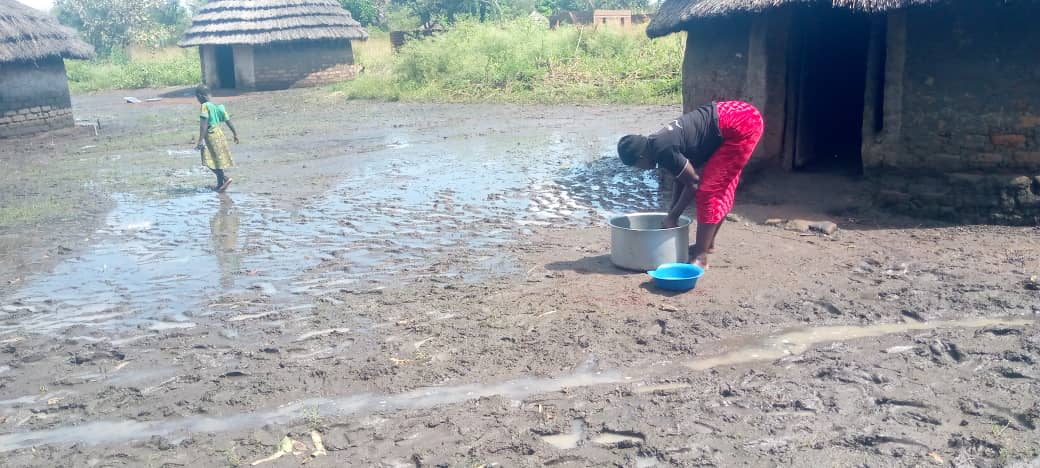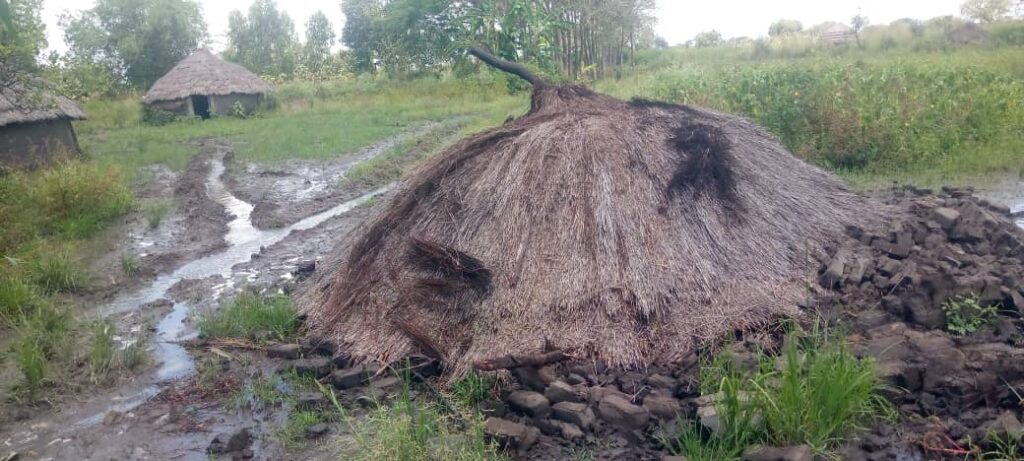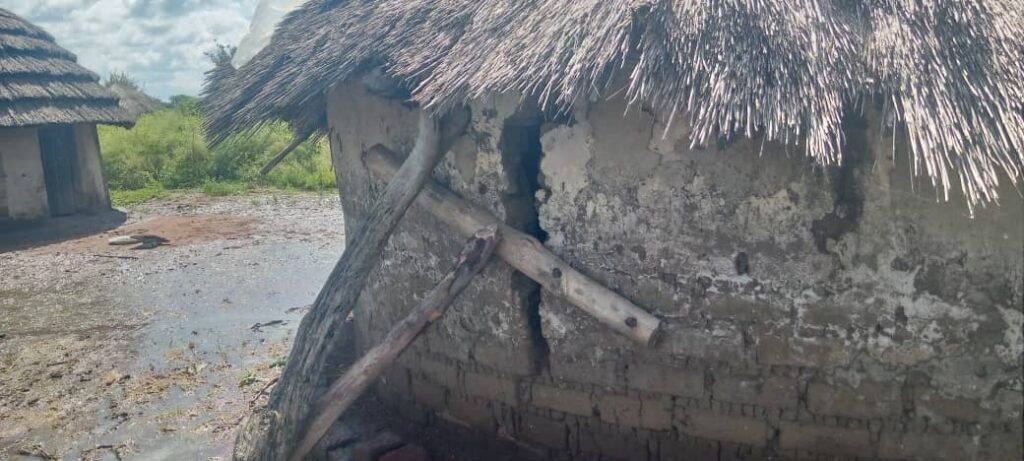
 Rapa FM Pader
Rapa FM Pader

 Rapa FM Pader
Rapa FM Pader
4 November 2025, 16:39

By Ekel Bonny Daniel
For residents of Agengo, the rains that once promised a bountiful harvest have become a nightmare. In just a few days, rivers overflowed their banks, turning homes into islands and roads into rivers of mud.
Fields of maize, soya beans, simsim, and sunflowers have been washed away, leaving families not only homeless but facing the loss of their livelihoods.
LCIII Chairperson Mr. Simon Oromakeca described a subcounty in crisis. Cut off from his office by floodwaters, he is coordinating relief from home.
“People are trapped, homeless, and desperate for support,” he said, detailing a catastrophe that has left five parishes severely affected.
Agweng Village in Lutome Parish has 121 homes submerged, seven already collapsed; Entebe in Tori Parish has 31 homes underwater with two destroyed; Oyenyo in Tori Parish sees 48 homes flooded but intact; Adak-Otumpili in Agengo Parish has 19 homes submerged with five collapsed; and Alwee Nono in Alwee Parish has 18 homes affected, two destroyed.
At the district level, Agago District LCV Chairperson Opio Leonard Ojok has escalated the crisis to the Office of the Prime Minister.
He confirmed that more than eight sub-counties are affected, with Agengo being the first to submit detailed reports.
“The threatened subcounties include Agengo, Lamiyo, Laperebong, Patongo, Kuywee, Geregere, Parabongo, and Palwo,” Ojok said. “If the rains continue, the district could face devastation worse than the Sipi region,” he warned, highlighting the urgent need for intervention.
For residents, the damage is both structural and economic. Obol Bessize of Aloko-Lum Village, Tori Parish, has lost two acres of sunflowers and nearly all of his second-season crops, which sustained his family and provided income.
Impassable roads prevent communities from reaching markets or receiving assistance, leaving them trapped in a growing cycle of hunger and despair.
Homes themselves have become fragile. Owor Charles from Dog-Nam Village, Lutome Parish, watches cracks widen along his walls, fearing collapse.

“Nearby, neighbors’ houses have already fallen to the floods,” he said, a daily reminder of the precariousness of life in Agengo.
Experts link the intensity of the flooding to climate change. Northern Uganda, historically resilient to seasonal rains, now experiences heavier and more erratic downpours, putting rural communities at the frontlines of climate impacts.
Limited infrastructure, poor drainage, and low emergency preparedness exacerbate the risks, turning once-manageable rains into disasters.
The human toll is immediate and palpable: families living on rooftops, fields submerged under murky water, roads rendered useless, and homes on the verge of collapse.
Beyond the visible destruction lies the invisible threat of food insecurity, economic loss, and long-term vulnerability.
The flooding is also disrupting political life. Presidential candidates Robert Sugulanyi Bobi Wine of the National Unity Platform (NUP) and Nathan Nandala Mafabi of the Forum for Democratic Change (FDC) faced severe challenges during their campaigns in Agago and neighboring Pader.
Vehicles became stuck in mud along the waterlogged roads, forcing campaigns to slow or halt entirely.
The floods have highlighted how climate-induced infrastructure failure can affect governance, civic participation, and public engagement.
As the floodwaters continue to rise, Agengo’s residents remain stranded and anxious. Their plight underscores a sobering truth:
“Climate change is not a distant concern for the future, but an urgent reality, reshaping lives and landscapes today.”
The story of Agengo is a call to action for swift humanitarian support and for long-term strategies to safeguard communities on the frontlines of an increasingly unpredictable climate.